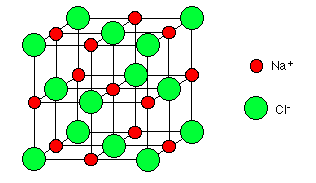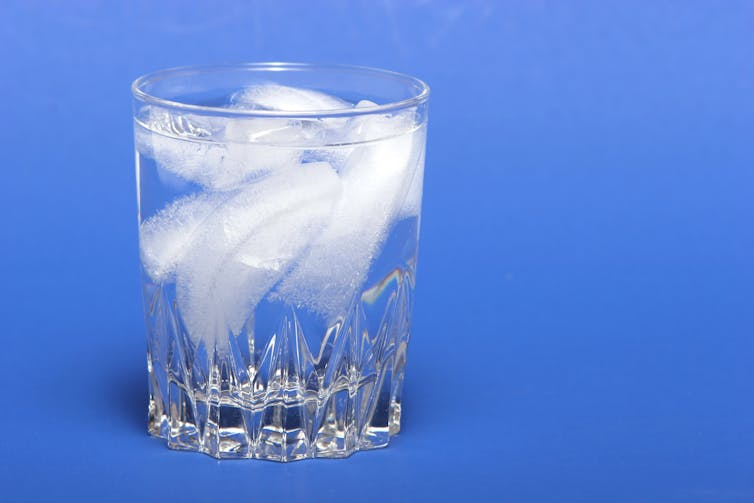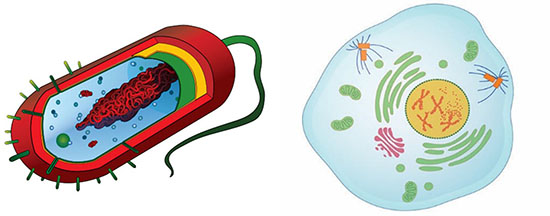What is mass?
Amount of matter in an object
What is density?
Amount of particles in a given space, or amount of matter in a given space
What is the independent variable?
The variables that are purposedly changed.
What is the function of mitochondria?
Mitochondria process and create energy for the cell.
Which type of cells has no nucleus? Prokaryotes or eukaryotes?
Prokaryotes
What is the definition of volume?
The amount of space something takes up.
How to calculate density?
Mass divided by volume.
What are the controlled variables?
Variables that are kept the same.
What is the function of the cell membrane?
Control substances into and out of the cell.
True or false: both animal and plant cells make food for themselves.
False. Animal cells can't make food. They don't have chloroplast.
Below is the structure of salt molecules. Is salt an element, compound or mixture? Why?
Salt is a compound because it is sodium and chlorine bonded together, and there is only one type of them.
How does density determine something's ability to sink or float?
If the density of an object is bigger than the density of water, if will sink. If the density of an object is smaller than the density of water, it will float.
A group of students is testing how does the type of shoes affect your running speed. What is the independent variable?
The independent variable is the type of shoes.
What is the difference between cell wall and cell membrane?
The cell wall is for support and protection, and only plant cells have cell walls. The cell membrane controls what goes in and goes out, like the guards for the cell.
What are the three parts of cell theory?
1. All living things are made by cells
2. Cells are the basic structural unit of all living things
3. All cells come from existing cells.
Is ice water a homogenous mixture or heterogeneous mixture? Why?

It is a heterogeneous mixture because you can see ice in the water.
One cube has a mass of 25 grams and a volume of 5mL, what is its density?
5g/mL
Scientists want to see how does the size of an ice cube affect the time it takes to melt. What is a controlled variable?
Room temperature
For eukaryotic cells, DNA are found in the nucleus. For prokaryotic cells, DNA are just floating in the cytoplasm.
How are the organelles of the plant cells different from the organelles of the animal cells? Name three differences.
1. Plant cell has cell wall
2. Plant cell has chloroplast
3. Plant cell has a bigger vacuole.
Is air a mixture or a compound? Why?
Air is a mixture because it has oxygen, nitrogen, carbon dioxide and other types of gases.
Cube one has a mass of 5 grams and a volume of 10 mL. The water density is 1 g/mL. Will the cube float or sink?
It will float because its density is 0.5 g/mL, which is smaller than the density of water.
A group of students is trying to design the best paper airplane. They want to see what is the best weight to make the plane fly farther. They make three identical paper planes. On one plane there is no paperclip, on the second plane there is one paperclip and on the third plane there are two paperclips. The start at the same point for each trial and measure how far each plane traveled. What variable is the weight of the paper airplane?
The weight of the paper airplane is the independent variable because it is changed every time.
 What are three non-membrane-bound organelles that both prokaryotic and eukaryotic cells have?
What are three non-membrane-bound organelles that both prokaryotic and eukaryotic cells have?
1. Cytoplasm
2. Ribosomes
3. Cell membrane
What is photosynthesis?
Photosynthesis is the process where plants convert sunlight and carbon dioxide to make food for themselves and release oxygen into the air.